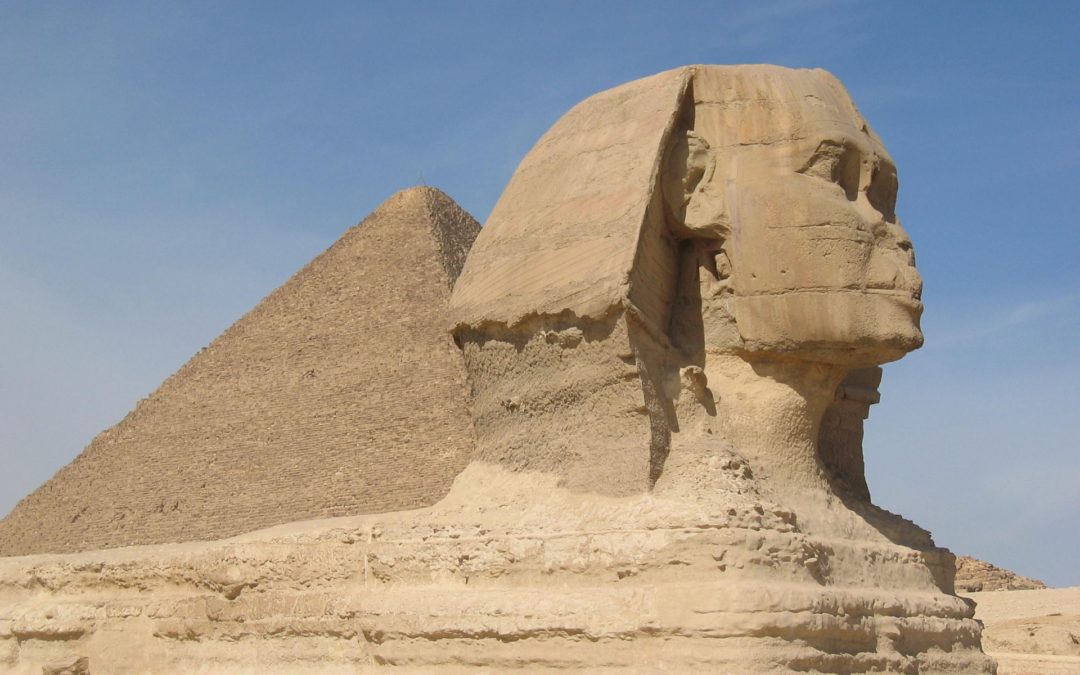As part of its efforts to preserve some of the world’s most important cultural sites, the United Nations Educational, Scientific, and Cultural Organization (UNESCO) created the World Heritage Sites program in 1978. Since then, it has designated more than 1,150 properties, including national parks, monasteries, and culturally significant buildings, with the World Heritage Site distinction. The following are five of the 99 UNESCO World Heritage Sites in the Middle East.
1. Qal’at al-Bahrain – Ancient Harbor City and Capital of Dilmun (Bahrain)
Since 1954, many excavations have occurred at Qal’at al-Bahrain, an important archaeological site. Archaeologists have unearthed a variety of military, religious, and cultural artifacts and antiques, including Barbar pottery items. UNESCO designated Qal’at al-Bahrain a World Heritage Site in 2005.
In addition to several artificial mounds sprawled throughout the area from excavation activity, the site features the ruin of a Portuguese fort that was constructed during a Portuguese invasion of Bahrain during the 16th century. The fort, surrounded by a trench, features three strongholds with two towers in the middle and was originally used by the Portuguese as a strategic trading post. The site, meanwhile, has also been home to Persian and Greek settlers dating back to 2300 BCE.
2. Samarra Archaeological City (Iraq)
Designated a UNESCO World Heritage Site in 2007, Samarra Archaeological City in Iran was once a major Islamic capital city that governed Abbasid Empire provinces from Tunisia to Central Asia from 836 to 892. Because the city was abandoned relatively early, much of its original design schemes remain intact; in fact, Samarra is the only former Islamic capital to retain its original plan.
Samarra Archaeological City boasts some of the most impressive Islamic architecture in the world, including two of the largest Islamic mosques (Al-Malwiya and Abu Dulaf) and palaces like the Caliphal Palace Qasr al-Khalifa and al Ma’shuq. Since 2003, multinational forces have regularly used the site as a venue for military operations.
3. Historic Cairo (Egypt)
Historic Cairo, one of the subsections of Egypt’s longstanding capital, was settled in the 7th century during the Arab Muslim invasion of Egypt. During the early years, rulers built many ornate mosques, many of which are still standing to this day but in poor condition due to neglect and decay. The site, situated along the eastern bank of the Nile River, has more than 600 classified monuments, including Islamic monuments, Roman fortifications, and other ruins. UNESCO designated Historic Cairo a UNESCO World Heritage Site in 1979.
4. Bahla Fort (Oman)
About an hour and a half drive from Muscat, the Bahla Fort in the Omani desert is a historic mud-brick settlement with walls and towers atop stone foundations. Along with an ancient Friday mosque with a beautifully decorated prayer niche, the site features several harats (traditional vernacular houses), bathhouses, audience halls, and a souq (semi-covered market). Bahla served as the capital of the Banu Nebhan tribe from the 12th to 15th century and remains one of the most impressive fortified medieval Islamic settlements.
Set against the Djebel Akhdar highlands, the fort is among the most popular tourist attractions in Oman. UNESCO first designated part of the fort a World Heritage Site in 1987 and continued to protect additional areas until 2004.
5. Old Walled City of Shibam (Yemen)
Known as the “Manhattan of the Desert,” the Old Walled City of Shibam in Yemen is an ancient city set against a picturesque backdrop of cliffs above the river valley of Wadi Hadramout. Recognized by UNESCO as a World Heritage Site in 1982, Shibam is a city of hundreds of mud-brick tower houses (some of which are seven stories high) rising from the cliff and encircled by a fortified wall. Despite being constructed during the 16th century, the city remains one of the best examples of vertical construction and urban planning.
Despite an ongoing civil war in Yemen since 2014, the Old Walled City of Shibam has mostly avoided substantial damage from the conflict, but it has been plagued by rain and floods in recent years. In November 2020, city official Abdulwahab Jaber told Al Jazeera that at least four towers had been destroyed and 15 others were damaged because of flooding. Hassan Aidid, leader of Yemen’s General Organisation for the Preservation of Historic Cities, added that UNESCO was contributing to the restoration efforts of 40 buildings at a cost of $194,000.

